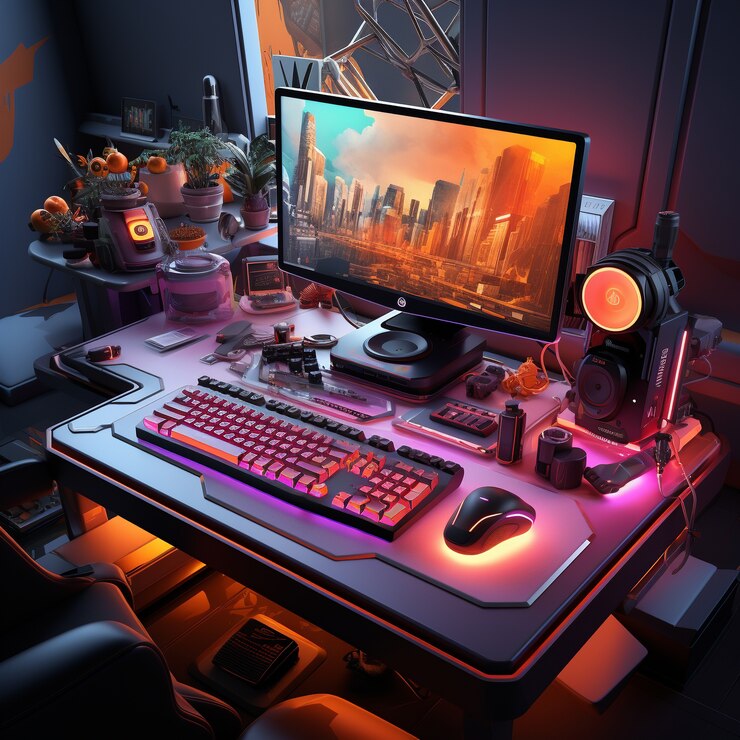In the realm of visual artistry and digital creativity, 3D graphic design stands as a remarkable and dynamic field. It allows designers to break free from the confines of two-dimensional space and venture into the immersive world of depth and dimension. In this article, we’ll delve into the captivating world of 3D graphic design, covering its fundamentals, tools, and the boundless possibilities it offers.
Understanding 3D Graphic Design
At its core, 3D graphic design is the art of creating three-dimensional visual content that appears realistic, abstract, or anything in between. It involves the use of specialized software and tools to build and manipulate 3D models, textures, lighting, and rendering to achieve lifelike or stylized results.
Key Elements of 3D Graphic Design
- 3D Modeling: The process of creating three-dimensional objects or characters using digital tools. This is where designers give shape to their ideas.
- Texturing: Adding surface details and textures to 3D models to make them appear more realistic or stylized.
- Lighting: Controlling the placement, intensity, and color of light sources within a 3D scene to create ambiance and mood.
- Rendering: The final step where the 3D scene is processed to generate 2D images or animations that can be viewed or shared.
Tools for 3D Graphic Design
Several software applications cater to 3D graphic design, each offering unique features and capabilities. Some of the most popular ones include:
- Blender: A versatile, open-source 3D creation suite suitable for modeling, texturing, rendering, and animation.
- Autodesk Maya: A professional-grade software used for 3D modeling, animation, and rendering.
- Cinema 4D: Known for its user-friendly interface and powerful 3D modeling and animation tools.
- 3ds Max: Widely used for architectural visualization, gaming, and visual effects.
- ZBrush: A digital sculpting tool that focuses on creating highly detailed 3D models.
The Creative Process in 3D Graphic Design
- Conceptualization: Begin with a clear idea or concept for your 3D design. Sketch or storyboard your vision to establish a direction.
- Modeling: Create the 3D objects or characters using the chosen software. Pay attention to proportions, details, and accuracy.
- Texturing: Apply textures and materials to your 3D model to bring it to life. This step adds realism and depth to your creation.
- Lighting: Experiment with different lighting setups to achieve the desired mood and atmosphere within your 3D scene.
- Rendering: Render your 3D scene to produce high-quality images or animations. Adjust settings for the best output.
- Post-Processing: Use image editing software like Adobe Photoshop to enhance and refine your final renderings if needed.
Applications of 3D Graphic Design
3D graphic design finds applications in various industries, including:
- Entertainment: Creating 3D characters, environments, and visual effects for video games, movies, and animations.
- Architecture: Designing architectural models and visualizations for construction and real estate projects.
- Product Design: Crafting realistic 3D models of products for marketing and prototyping.
- Medical and Scientific Visualization: Developing 3D representations of complex data and structures.
- Advertising and Marketing: Creating attention-grabbing 3D graphics for promotional materials.
Conclusion: Exploring New Dimensions of Creativity
3D graphic design is a thrilling journey into a world where imagination knows no bounds. With the right tools, dedication, and a passion for creating stunning visuals, you can embark on your own adventure in the realm of 3D design. Whether you’re pursuing a career in entertainment, architecture, or simply seeking to unleash your creative spirit, 3D graphic design offers a canvas where you can bring your ideas to life in breathtaking dimensions.

